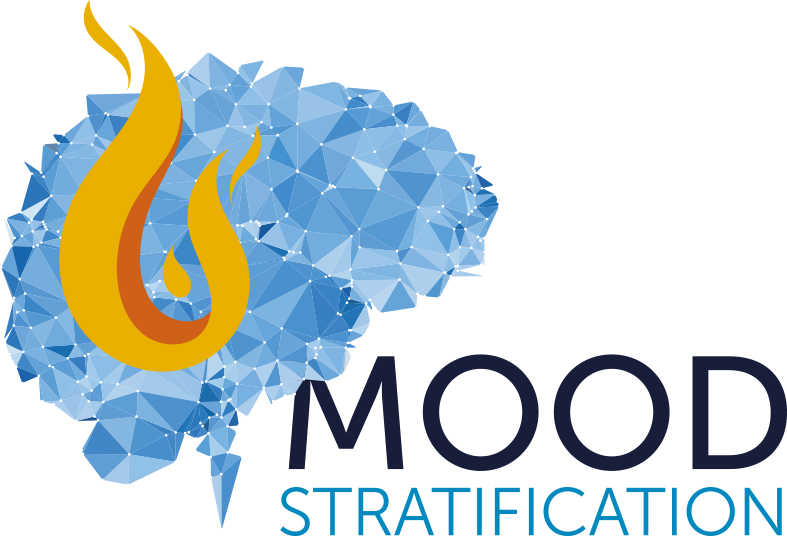
DYNAMIC MODEL ON THE ORIGIN OF MOOD DISORDERS AND IMMUNE COMORBIDITIES

GLOSSARY
Genetic vulnerability
Genetic vulnerability refers to inherited characteristics, which are passed on from parents to children. Most inherited vulnerabilities are not expressed during our life, but we do carry them in our DNA and we pass them on to our children. Genes which are slightly abnormal in mood disorder patients are genes regulating the interaction between nerve cells in the brain and genes regulating the immune reaction.
Abnormal brain development
When our brain is vulnerable due to T cell imbalances and inflammatory activation of immune cells in the brain, stress can trigger an inappropriate stress response because of dysfunction of the brain stress system. The brain stress system is called the limbic system which consists of the hippocampus, the frontal lobes and other brain areas, which are responsible for a good teamwork between our neurological, immune and hormonal systems, which become activated during stress to respond appropriately to the stress stimulus.
White matter dysfunctioning
When the white matter in the brain is dysfunctional because of low grade inflammation, signals between important brain areas coordinating feelings and perceptions are not coming through sufficiently. This can result in inappropriate feelings, for instance excessive mood swings, depression, delusions and confusion. Thus in mood disorders like major depressive disorder, bipolar disorder and psychosis.
T cell imbalances
T cells (also known as T lymphocytes) are a type of white blood cells which play an essential role in the adaptive immune response of our body to infections and stress. The ‘T’ stands for ‘thymus’, the organ in which T cells mature. There are different kinds of T cells, working together in a well-balanced T cell system, which (in cooperation with our hormone system and neurological system) helps us to recover from infections and stress. Imbalances in the T cell system can have a genetic and/or environmental background, such as virus infections and protein malnutrition. T cell imbalances disturb our “defense system”. For example the T cell system can become “weaker”, when the natural aging of cells is accelerated (“premature T cell aging”), resulting in a much earlier occurrence of age-related pathologies.
Low grade inflammation
A healthy T cell system is capable of dampening excessive inflammation, caused by inflammatory stimuli like childhood trauma or infection. When T cells are imbalanced, and the dampening of inflammation is not functioning well enough, this results in so called chronic low grade inflammation. This has an extra impact on the brain where such low grade inflammation disturbs white matter functioning.
Abnormal stress response
When our brain is vulnerable due to T cell imbalances and inflammatory activation of immune cells, stress can trigger an inappropriate stress response because of a dysfunctioning of the brain stress system. This so-called limbic system consists of the hippocampus, the frontal lobes and other brain areas, which are responsible for a good teamwork between our neurological-, immune and hormonal systems.
Mood disorders
When the white matter in the brain is dysfunctioning because of low grade inflammation, this can result in excessive mood swings and mood disorders like major depressive disorder and bipolar disorder.
Proneness to infections and autoimmune diseases
When our T cell system is imbalanced and fosters a state of low grade inflammation, we are also prone to infections and organ specific autoimmune diseases, caused by inflammatory reaction to our own tissues leading to destruction of our organs, for example of:
the thyroid → autoimmune thyroiditis (Hashimoto’s disease);
the islets of Langerhans in the pancreas → type 1 diabetes;
the stomach → autoimmune gastritis.
